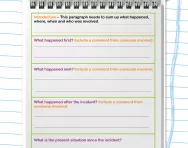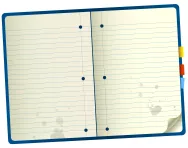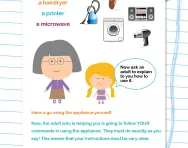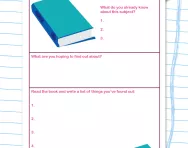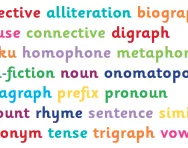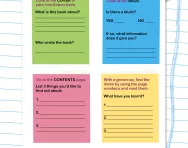Important update from TheSchoolRun
For the past 13 years, TheSchoolRun has been run by a small team of mums working from home, dedicated to providing quality educational resources to primary school parents. Unfortunately, rising supplier costs and falling revenue have made it impossible for us to continue operating, and we’ve had to make the difficult decision to close. The good news: We’ve arranged for another educational provider to take over many of our resources. These will be hosted on a new portal, where the content will be updated and expanded to support your child’s learning.
What this means for subscribers:
- Your subscription is still active, and for now, you can keep using the website as normal — just log in with your usual details to access all our articles and resources*.
- In a few months, all resources will move to the new portal. You’ll continue to have access there until your subscription ends. We’ll send you full details nearer the time.
- As a thank you for your support, we’ll also be sending you 16 primary school eBooks (worth £108.84) to download and keep.
A few changes to be aware of:
- The Learning Journey weekly email has ended, but your child’s plan will still be updated on your dashboard each Monday. Just log in to see the recommended worksheets.
- The 11+ weekly emails have now ended. We sent you all the remaining emails in the series at the end of March — please check your inbox (and spam folder) if you haven’t seen them. You can also follow the full programme here: 11+ Learning Journey.
If you have any questions, please contact us at [email protected]. Thank you for being part of our journey it’s been a privilege to support your family’s learning.
*If you need to reset your password, it will still work as usual. Please check your spam folder if the reset email doesn’t appear in your inbox.
What is a non-chronological report?
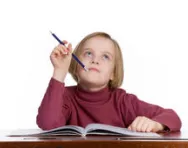
What is a non-chronological report?
A non-chronological report is a non-fiction report which is not written in time order.
All of the following information texts are written in time order:
- Explanation - this is a text about a process which happens or happened in a certain order, such as the water cycle or the events of a battle.
- Recount - this is a time ordered re-telling of something that has happened in real life, such as a school trip or the life of Gandhi.
- Instructions - this is a text including numbered points on how to do something, such as cook a meal or put up some shelves.
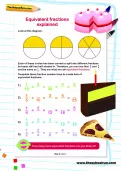
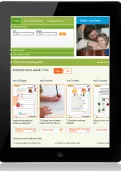
Boost Your Child's Learning Today!
- Get a tailored learning plan for your child
- English & maths resources added each week
- Watch your child leap ahead in their skills & confidence
A non-chronological report is focused on a single topic and includes various facts about this topic. Children may be asked to read and / or write non-chronological reports about a country, animal, religion, planet or sport.
Working with non-chronological reports in primary school
Teachers would start by showing children a range of reports and asking them to look at the features.
The features of a non-chronological report include some of the following:
- An eye-catching heading in a large font
- An introductory paragraph
- Text split up into paragraphs and each paragraph on a different aspect of the subject
- Sub-headings for each paragraph
- Usually written in present tense
- Pictures of the subject
- Captions under each picture to explain what is in the picture
- Diagrams with labels
- Lists of facts in bullet points
- Graphs or charts showing information about the subject
- Boxes containing interesting individual facts to grab the attention of the reader
- Technical vocabulary in bold, possibly with a glossary at the end
Children will spend some time text-marking the features on different reports and comparing how they are set out. The next step will be for children to choose or be given a topic to research.
They may be given a spider-diagram like the following, on which to make notes:
Children will then need to draft each paragraph of their report.
Teachers will then encourage them to edit and improve their writing. The teacher may mark the work and write suggestions, or children may be put into pairs to edit each other's work.
Children then need to think about the layout of their report. They need to think about all the above features and what they would like to include. A teacher may encourage children to draw up a plan of how they would like their report to look.
Children then produce their reports in 'neat', writing up their improved paragraphs and including eye-catching headings and pictures.


